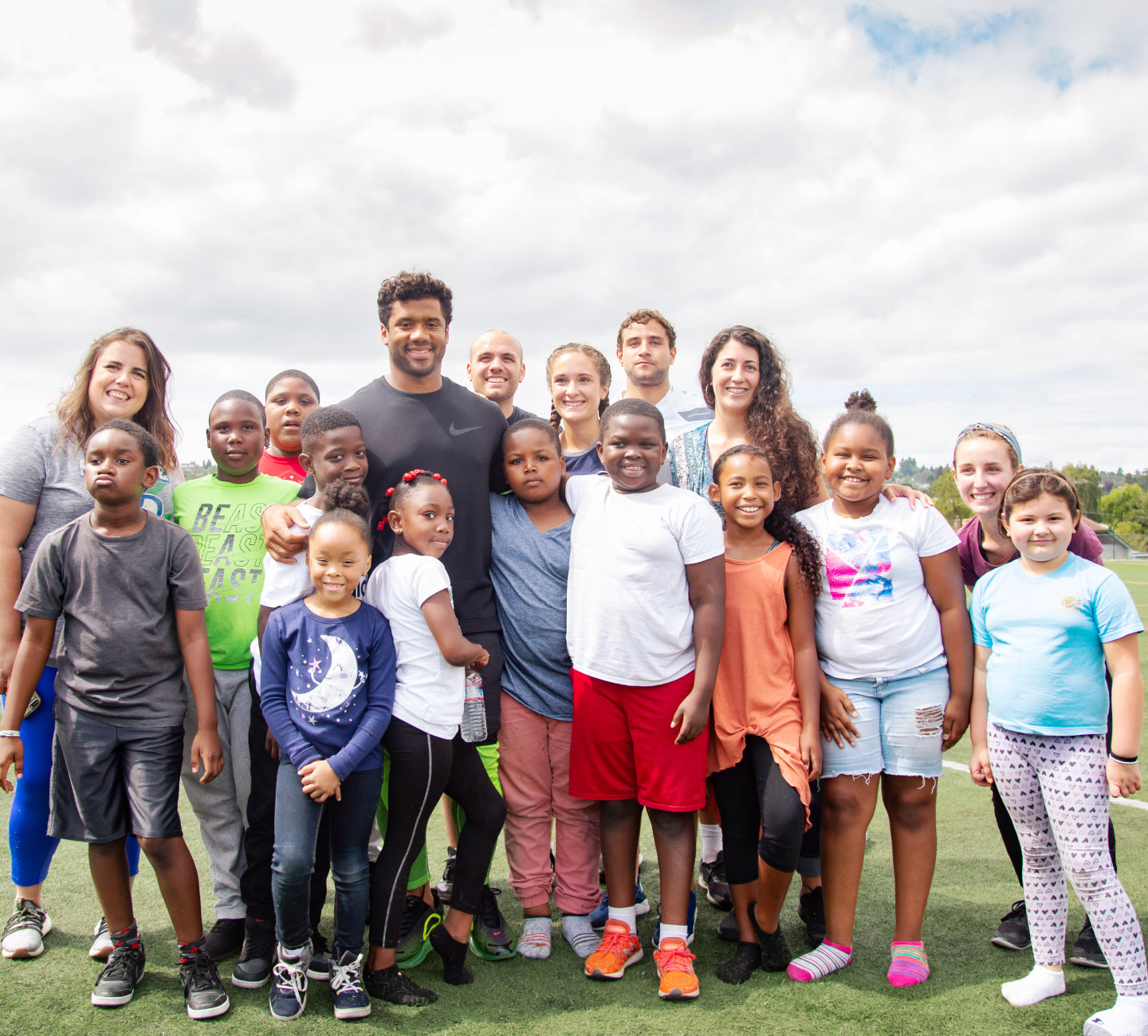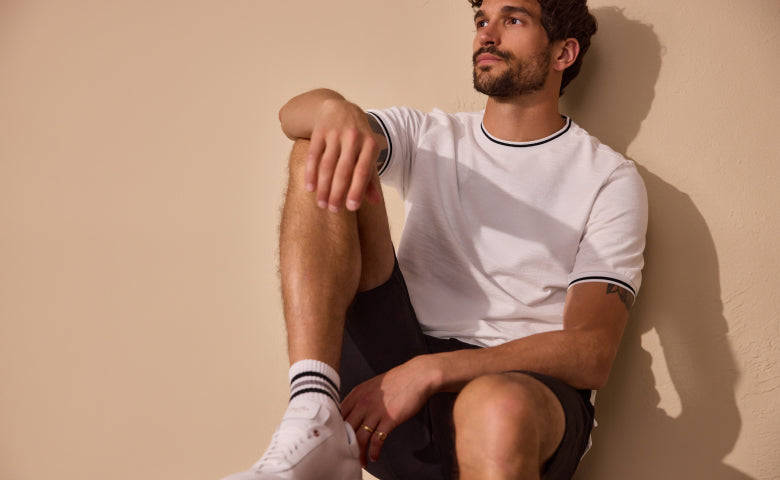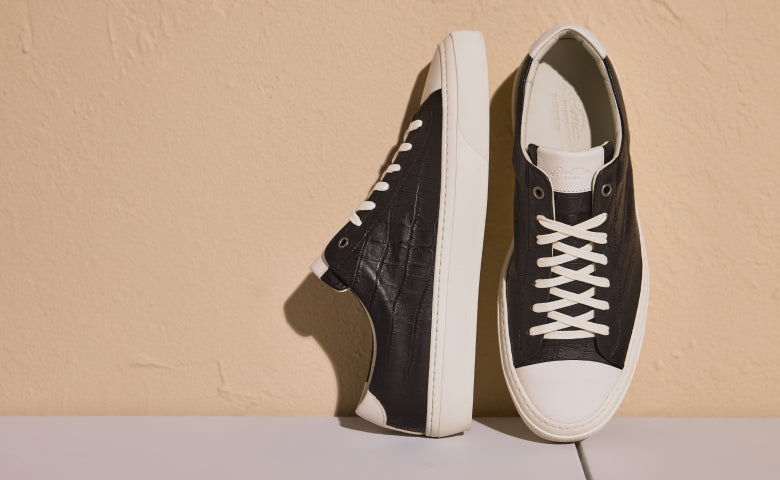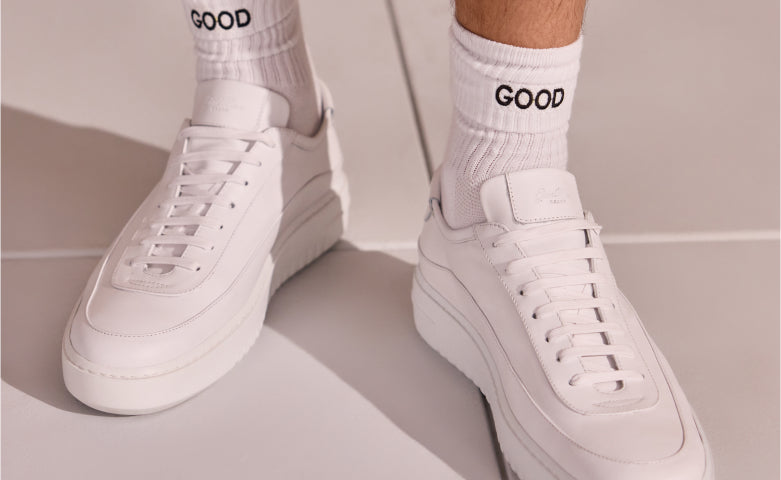
LOVE POWERFULLY, MOVE PURPOSEFULLY
One small movement multiplied by more small movements has the power to create enormous impact. For this reason, we continually look for opportunities to not only donate to worthy causes but to amplify voices, support individuals, communities and positive initiatives focused on inclusivity, environmental responsibility and social justice.

GIVE BACK. ALWAYS.
Every purchase goes towards empowering today's youth to achieve their dreams. To help them accomplish this, we give 3% of profit, after product cost, to the Why Not You Foundation.
In 2014, Russell Wilson and Ciara established the Why Not You Foundation—a nonprofit dedicated to fighting poverty through education and children’s health initiatives that empower today’s youth to lead with a ‘why not you’ attitude. The foundation is committed to critical educational programming, food security initiatives, and children’s health organizations—Why Not You Foundation believes in impact that enables today’s youth to become tomorrow’s leaders.
This work is made possible through impactful partnerships with local and national nonprofit organizations. Current and former partnerships include Friends of the Children, Boys & Girls Clubs, United Way, Seattle's Children's Hospital and the Why Not You Academy, a tuition-free charter public high school Russel and Ciara founded alongside educational leaders Garth Reeves and Scott Canfield.
Ciara and Russell are dedicated to encouraging and challenging today’s youth to embrace opportunities, overcome obstacles and live life with a ‘why not you’ attitude.
5,000
CHILDREN IMPACTED
50,000
MENTORSHIP HOURS
>$1M
DONATED SALES
200,000
LIVES IMPACTED
OUR IMPACT
IMPACTING THE PLANET
Every decision we make is informed by the needs of our planet. Every initiative ties directly to the United Nations Sustainable Development Goals. We hold ourselves accountable as a Public Benefits Corp and are B-Corp Certification Pending. We keep it simple and consider sustainability at every stage, from design to recycling. If we can't make it Good, we don’t make it at all.





